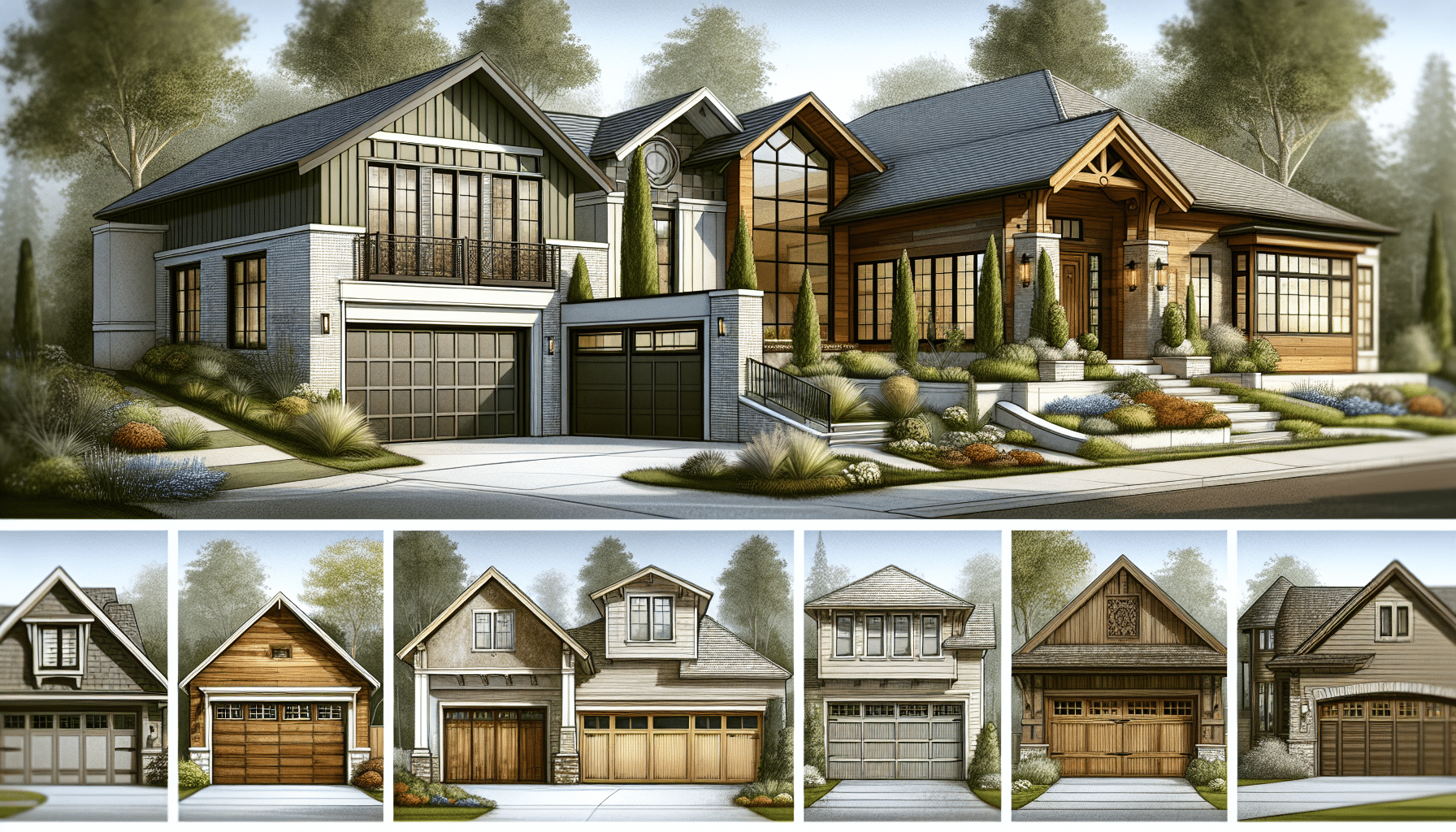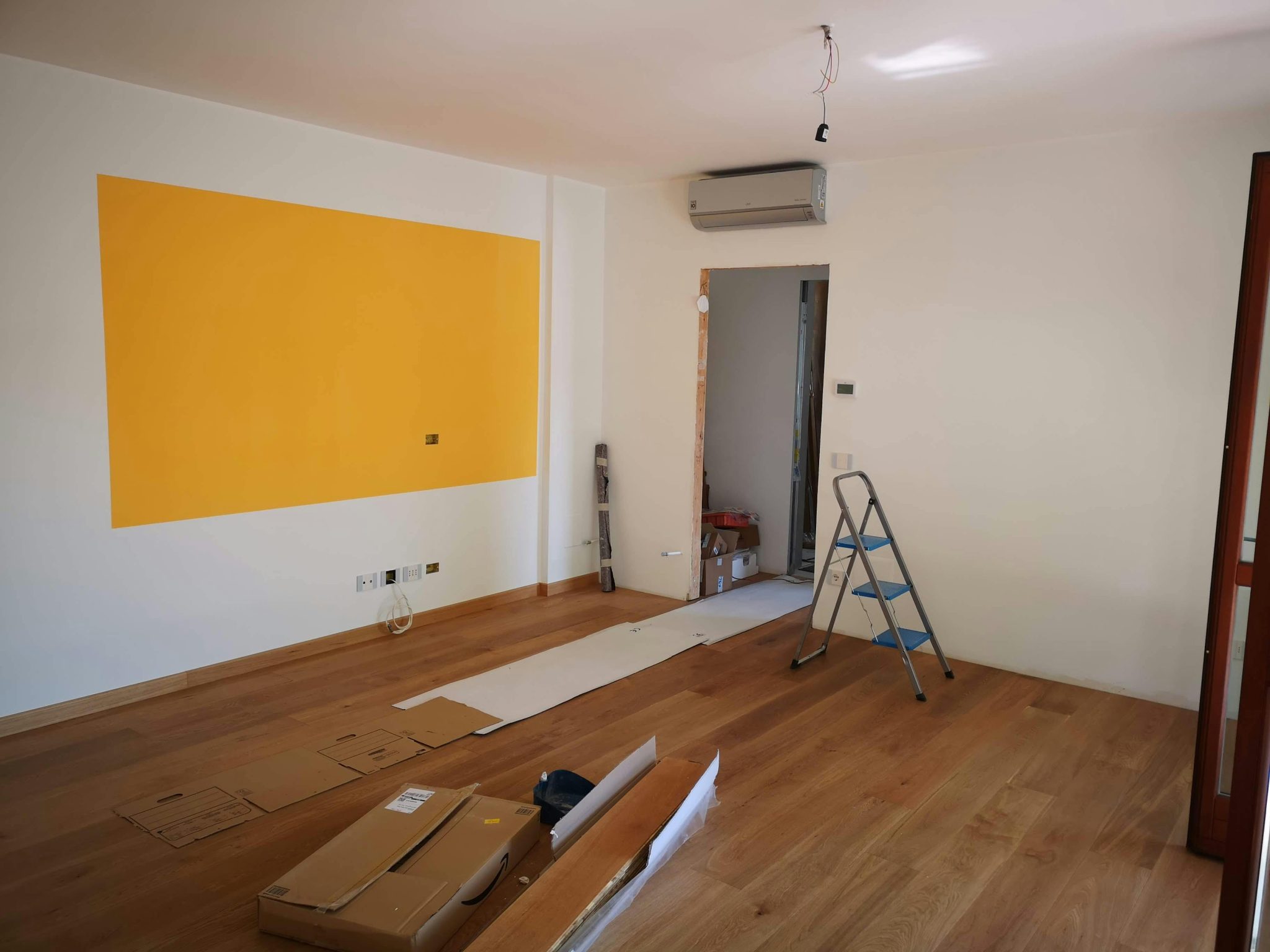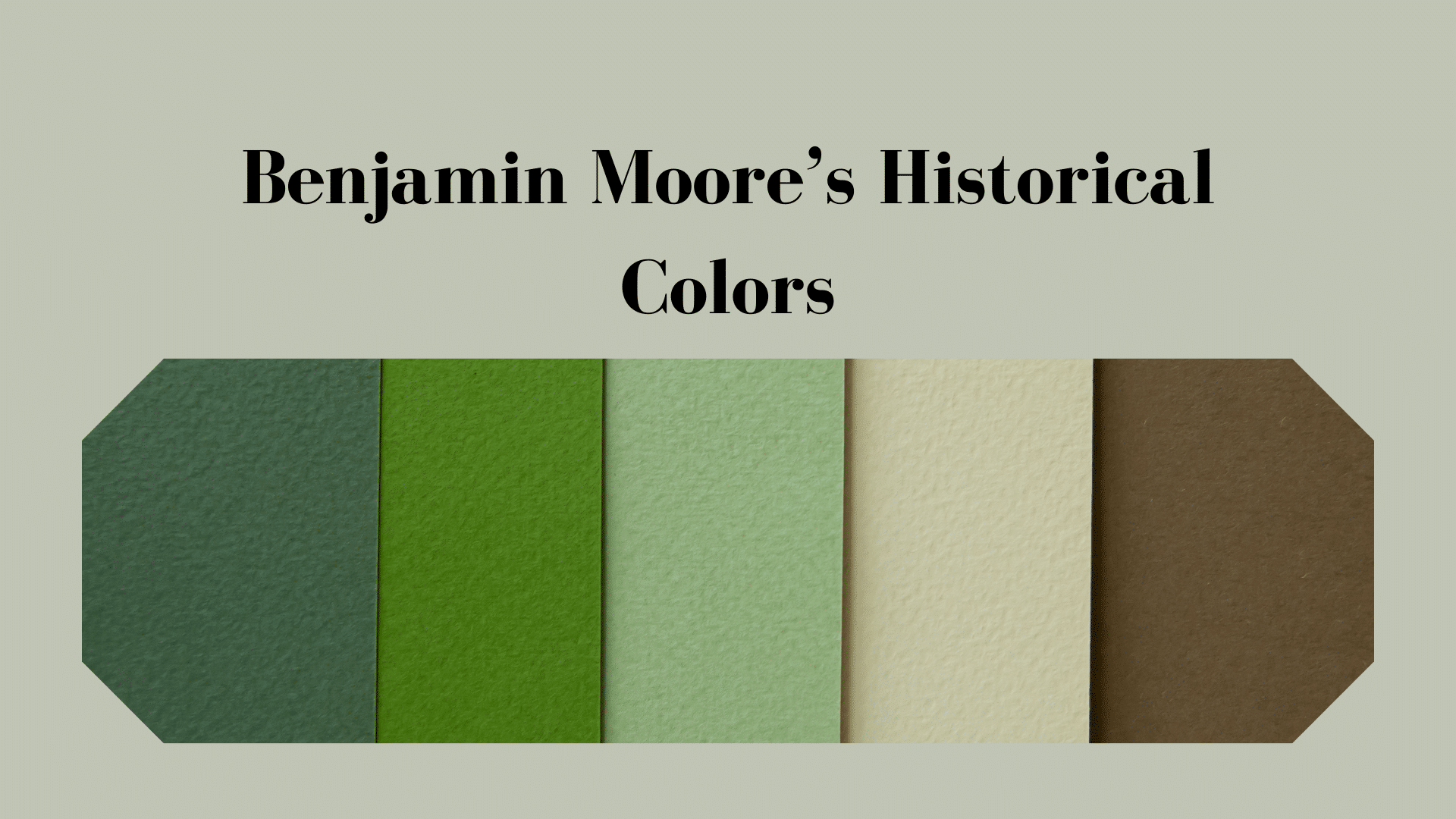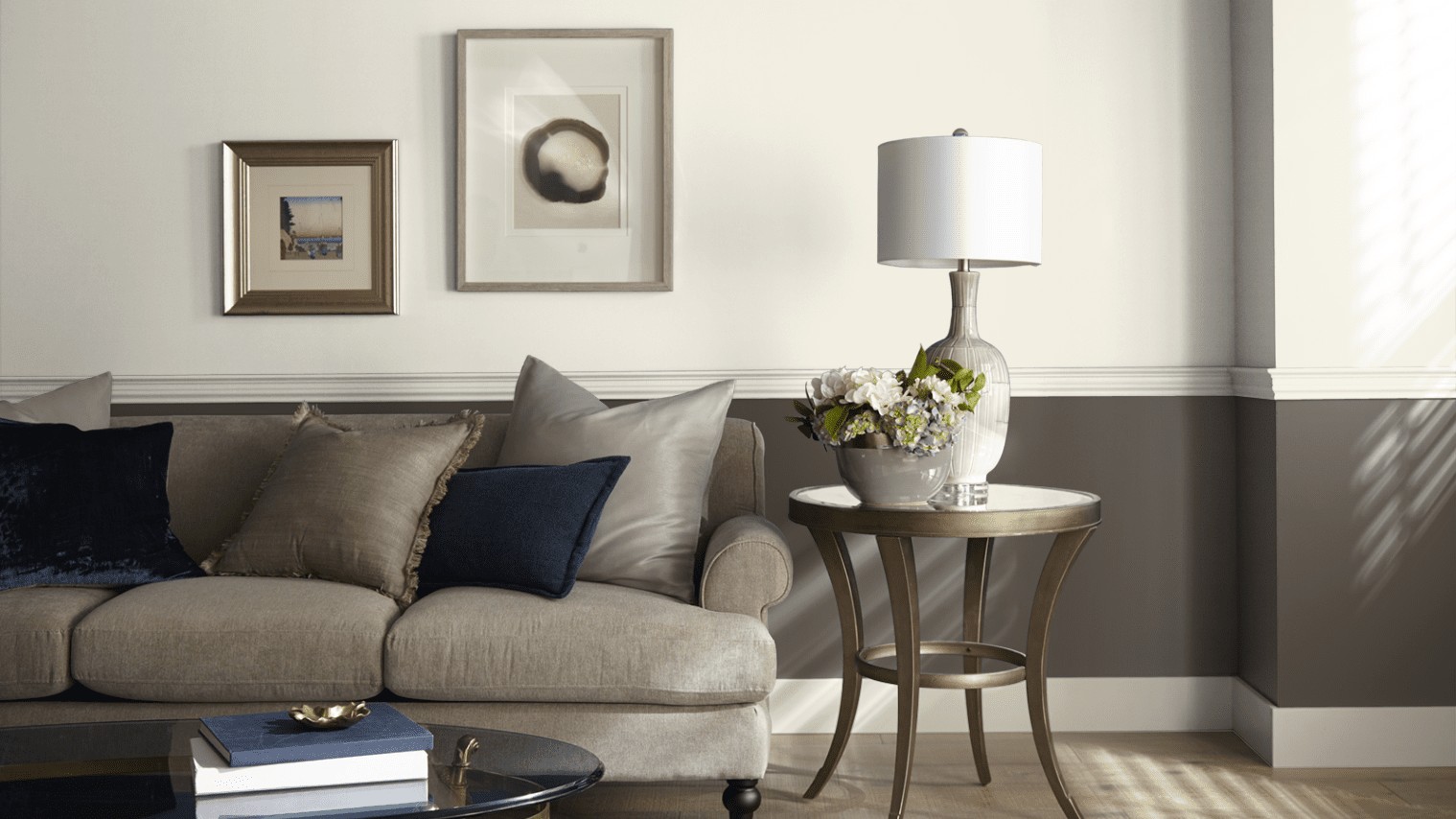Matching Garage Doors to Architectural Styles
Explore the best techniques for aligning your garage door design with your home’s architectural style. Whether you favor modern architecture or rustic design, ensuring your garage door complements your house is essential. Undertaking this project not only enhances your home’s aesthetic but also provides practical benefits.
When it comes to creating a harmonious exterior, the right garage door design can make all the difference. You might not realize it, but the garage door is a substantial part of your home’s facade. Striking the right balance between aesthetics and functionality is key.
Choosing the right garage door design for modern architecture
If your home exemplifies modern architecture, sleek and minimalist garage door designs are your best bet. A streamlined approach with clean lines and non-fussy details aligns well with this architectural style. Throughout the process, it’s essential to select textured garage doors that blend seamlessly. These nuances add depth and interest to the otherwise straightforward facade.
Furthermore, opting for metallic finishes can enhance the contemporary feel, tying in with other modern elements of your home. Choosing a garage door that mirrors these themes can provide a cohesive look that enhances the overall appeal of your property.
When selecting a garage door for your modern home, consider the overall proportions and scale. A garage door that is too small or too large can disrupt the visual balance of your facade. Aim for a door size that complements the existing architectural elements and maintains a sense of harmony. This attention to detail will ensure that your garage door not only looks great but also enhances the overall aesthetic appeal of your modern home.
Incorporating garage door design in rustic homes
For those who adore rustic design, natural materials and earthy tones are your go-to options for garage doors. Utilizing wood or wood-look materials complements the rugged aesthetics typically found in rustic homes. You should consider a design that features distressed or textured finishes, which can add to the authentic feel.
Adding decorative hardware such as wrought-iron details can enhance the door’s rustic appeal, creating a charming, countryside vibe. Additionally, choosing garage doors with a weathered look ensures they align well with a rustic architectural style and other elements present throughout the home.
Another aspect to consider when choosing a garage door for your rustic home is the surrounding landscape. A garage door that blends seamlessly with the natural environment can create a cohesive and inviting appearance. Consider colors and textures that complement the existing vegetation and outdoor features. By doing so, you can create a harmonious transition between your rustic home and its surroundings, enhancing the overall charm and appeal of your property.
Garage doors for traditional homes
In the realm of traditional homes, symmetry and classic designs reign supreme. Whether your residence is a colonial, Victorian, or another timeless style, your garage door should reflect these traditional elements. Utilize paneled designs and subtle embellishments to achieve an elegant, time-honored appearance.
The materials for traditional garage doors often include steel, wood, or composite materials, designed to offer durability while maintaining an aesthetic appeal. Choosing muted colors like deep reds, greens, or blues can accentuate the architectural authenticity of traditional homes, making your garage door a standout feature.
Why matching garage doors to architectural styles matters
Coordinating your garage door design with your home’s architectural style is far more than a cosmetic enhancement. It completes the overall design framework, making the house look more put together and thoughtfully designed. This leads to increased curb appeal, which is essential for maintaining or boosting property values.
Moreover, a well-matched garage door contributes to the functional aspects of your home, offering not just beauty but also utility. When everything aligns aesthetically, it can elevate your mood and enable you to take pride in your residence, creating an inviting atmosphere for both you and your guests.







